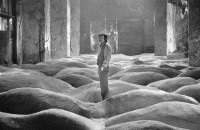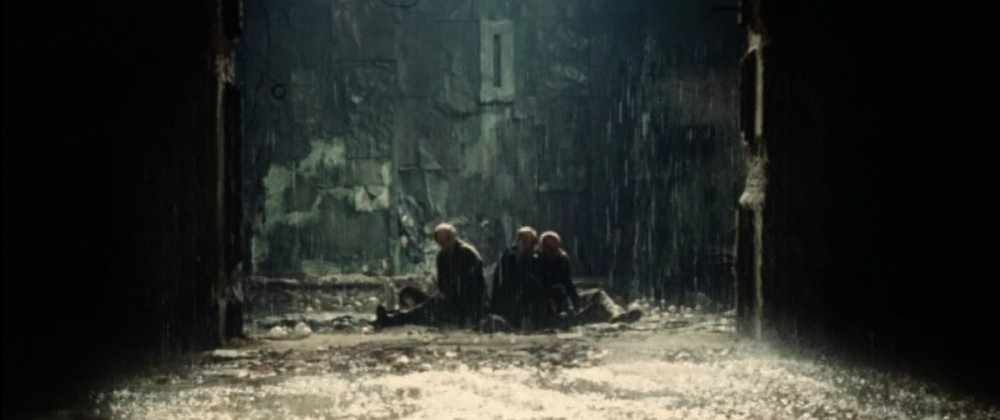Volume 20, Issue 5 / May 2016
Science Fiction Cinema of the ‘Quiet’ Kind
In this issue
-

Engineering Shock: Part 1 of a Study of the Use of the Startle Effect in The Thing
-

The Startle as Art: Part 2 of a Study of the Use of the Startle Effect in The Thing
-

Against Demonologies: Character, Cognition, and Circumstance in Z for Zachariah and The Martian
Astrophysicist Neil deGrasse Tyson and writer Samuel Delany’s insights illuminate science fiction
-

The Passion of the Zone (Pt. 1)
Ecological Shortsightedness and the Limits of Auditory Extension in Andrei Tarkovsky’s Stalker
-

The Passion of the Zone (Pt. 2)
Ecological Shortsightedness and the Limits of Auditory Extension in Andrei Tarkovsky’s Stalker
Although Science Fiction is strongly associated with big budget action/disaster films, the flip side or antidote to this is science fiction which features isolation, introspection and in many cases, only a handful of characters. And from this latter sub-folder of the larger science fiction film come, traditionally, some of the best science fiction films. This continues to be the case with such recent films as Solaris (2002), Primer (2004), The Road (2009), Moon (2009), Beyond the Black Rainbow (2010), Under the Skin (2013 —which will be treated in a forthcoming special issue— Gravity (2013), and Ex-Machina (2015). With two huge epics just around the release corner, symbolically enough with similar titles, Godzilla Resurgence (2016) and Independence Day: Resurgence (2016), the focus this month is on ‘quiet’ science fiction —which recalls the excellent Australian film The Quiet Earth 1985. These five essays, two being broken into two parts, focus on four “quiet” science fiction films made between 1979 and 2015 that each feature only a handful of characters, Andrei Tarkovsky’s metaphysical Stalker (1979), John Carpenter’s slow burn Kammerspiele The Thing (1982), Craig Zobel’s post-apocalyptic Z for Zachariah and Ridley Scott’s uber survivalist The Martian (2015). Robert Fuoco breaks down Carpenter’s lurching minimalism through a taut editing style that exploits the classic Lewtonian ‘startle effect’ to its nth degree. Daniel Garrett takes one of the central differences between the book and the film versions of Z for Zachariah —the skin color of the scientist switching from white to black— and uses it to discuss the possible racial implications this has within the context of SF where, as Garrett notes, black characters were late to the game, and race as a theme. This deviation takes Garrett on a discussion of the great black SF writer, Samuel R. Delany. From Delany Garrett moves on to science in general and the truism that science, while objective, and based on (usually) falsifiable data, is also, provisional (from the Quilette essay Garrett cites). So, Garrett somewhat comically, wonders, “If one cannot be sure of the verifiable science in well-respected journals, what hope is there for mass culture’s representation of science?” Randolph Jordan’s close analysis stems from Stalker‘s vividly ambient and often times ambiguous soundscapes. Jordan analyzes the complex interplay in Stalker between image and sound, on and off screen spaces, and camera movement and creation, charting how differences between how they are treated in/out of the Zone respond to broader “ecological” issues about how humans live in the world. Summarizing Jordan, the close relatedness of the five senses —all depend on vibration in one sense or another— can leave one doubting a clear separation between living without or within the world. Is the world within us? Or are we within the world? This seems to be the meaning of the final shot within the Zone, the three exhausted travelers, Writer, Scientist, Stalker, sitting outside the magical, wish-giving Room in the ‘center’ of the Zone. (Donato Totaro, David Hanley, eds.)









